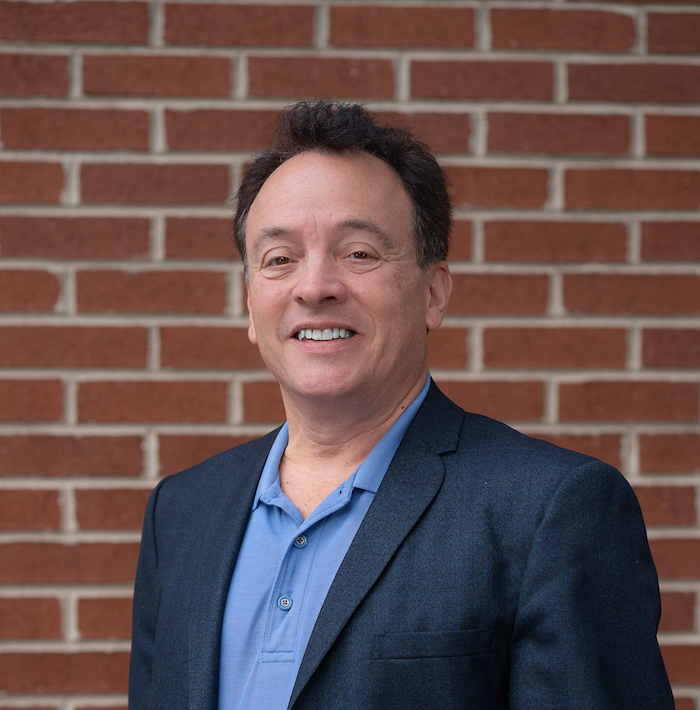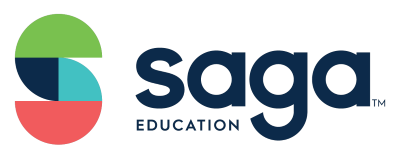Key Takeaways:
- Increased student absenteeism: The pandemic has caused a significant rise in student absenteeism, particularly among Latino, suburban, and rural communities. This is a major concern for educators and parents.
- Possible reasons for attendance improvement: Personalized attention, a nurturing environment, and increased confidence due to better preparation might contribute to reduced absenteeism.
- Benefits beyond academics: High-impact tutoring can foster a sense of belonging and community, potentially addressing broader challenges like educational equity and access.
- Improved attendance: A study conducted by Saga Education showed a 10% increase in attendance among students who received their tutoring program compared to those who didn’t.
Jump to section:
- Saga Education: Bridging the Gap, Boosting Attendance
- Building Relationships, Boosting Engagement
- The Power of Effective Tutoring
- A Solution with Far-Reaching Benefits
As public schools navigate the aftermath of the pandemic, a concerning trend has emerged: a dramatic increase in student absenteeism, particularly among Latino, suburban, and rural communities. This poses a significant challenge to both educators and parents who are committed to student success. However, there’s a glimmer of hope. A pre-pandemic initiative at a New York City high school points towards a potentially surprising solution: high-impact tutoring.
Saga Education: Bridging the Gap, Boosting Attendance
Saga Education, a non-profit organization founded in 2014, champions the integration of high-impact tutoring within the school day, particularly for Algebra 1. We work extensively with states and districts to implement in-school-day high-impact tutoring programs tailored to their specific needs. Our story at DeWitt Clinton High School in the Bronx, New York City, exemplifies the potential of this approach. Here, in the 2015-2017 school years, researchers conducted a study involving the freshman class of 400 students. Based on incoming math assessments, the class was divided in half – those who needed the most math support received a designated period of Saga tutoring during the school day, replacing an elective, while the other half continued with their regular schedule. The results for student achievement were excellent; the results for student absenteeism were unexpected and therefore, noteworthy. Students who received Saga’s high-impact tutoring program attended an average of 148 days of school during the 2015-2016 school year, a full 18 days more than their counterparts who didn’t receive tutoring (130 days). This translates to a 10% increase in attendance over a typical 180-day school year. The other intriguing fact is this: on the NY Algebra 1 Regents test day, in June, 25% of 9th graders at the high school skipped school–they didn’t want to take the test. Only 7% of Saga kids did. Our theory? They felt more prepared and more confident.Building Relationships, Boosting Engagement
It’s important to note that this NYC study design isn’t the gold standard (a randomized controlled trial would be ideal). While some recent research does confirm this finding, in DC in particular, some other Saga studies have not yet replicated this finding. The evidence to date provides an intriguing area for further study. We believe the personalized attention and nurturing environment fostered by high-impact tutoring contributes to a sense of belonging, confidence, and engagement in students. These factors likely play a role not just in academic success, but also in attendance.The Power of Effective Tutoring
At its core, high-impact tutoring is about creating meaningful relationships between tutors and students. This approach empowers teachers, enriches the learning experience for students, and introduces fresh talent into the education system. The preliminary success of programs like Saga’s demonstrates the potential of integrating tutoring into broader strategies to combat absenteeism and promote academic achievement.A Solution with Far-Reaching Benefits
High-impact tutoring, when done right, goes beyond academics. It fosters a sense of community and belonging, which can be a powerful tool in addressing absenteeism. This approach has the potential to be part of the solution not just for chronic absenteeism, but also for the broader challenges of educational equity and access. Effective tutoring isn’t a one-size-fits-all solution, and further research is necessary. But for our children, their families, and our educators, the need to address these issues is urgent. Let’s explore the power of high-impact tutoring and its potential to transform how our schools are designed to work for kids. |
Alan Safran, Co-Founder, CEO, and Chair of the Board of Saga, has a 30-year public education career specializing in high-impact tutoring programs. He holds a law degree from George Washington University and a bachelor’s degree from Princeton. Alan splits his time between Boston and Washington, DC, with his wife Dana, a nonprofit healthcare CEO, and their black labrador Colbie. |
